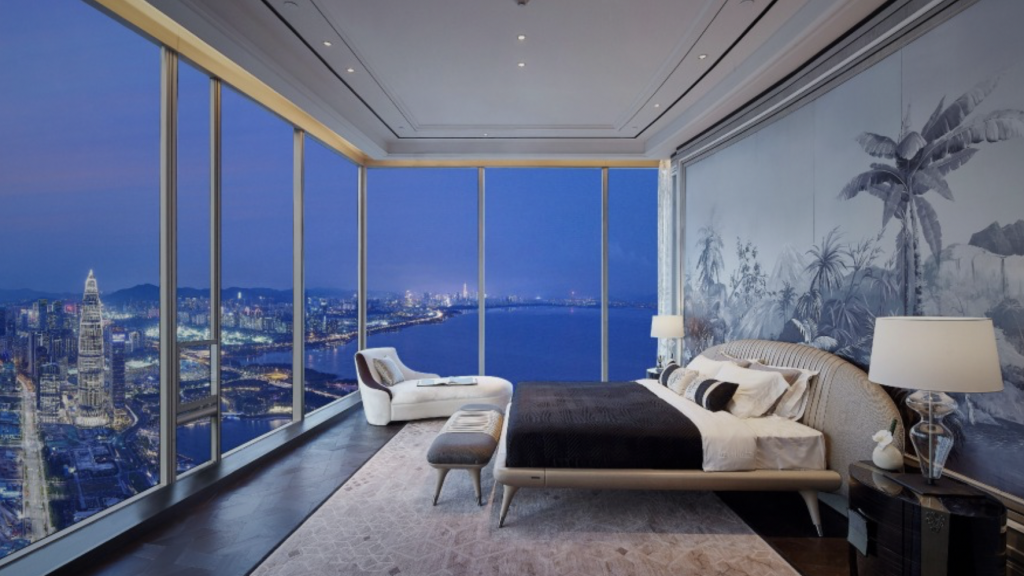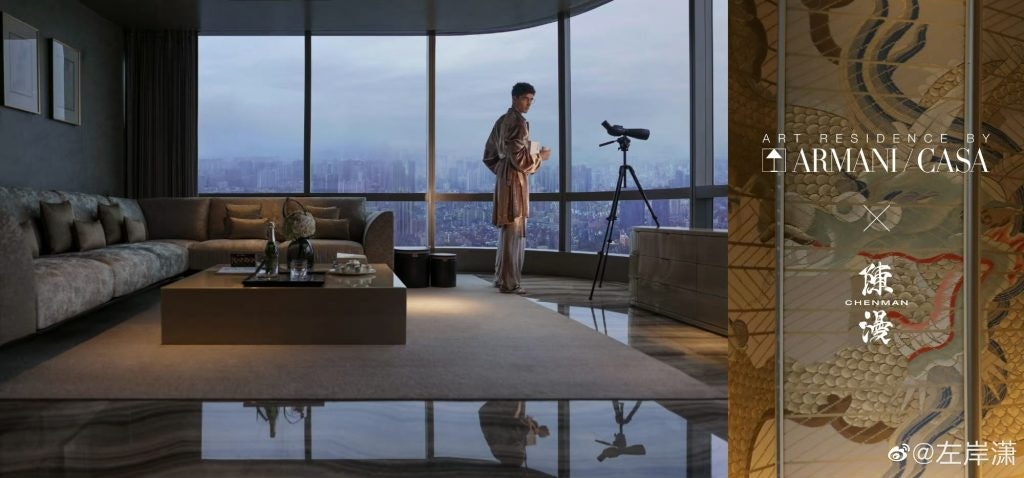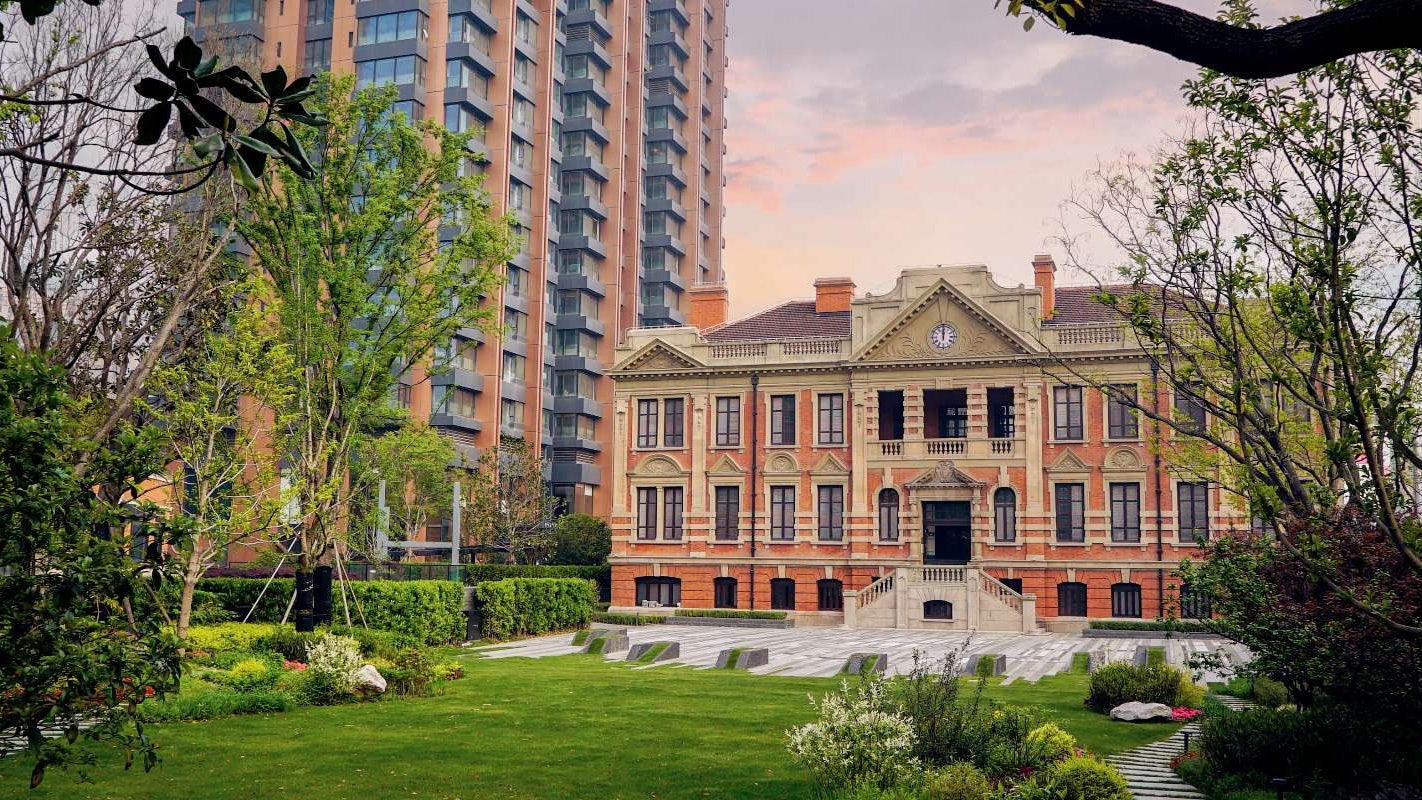Property has always been a key wealth asset for the affluent across the globe, but the rise of branded residences has given new life to both the financial and emotional value of bricks and mortar. Savills’ Spotlight: Branded Residences — 2022 report points out that there are 640 branded residence schemes operating worldwide, with premiums of 30 percent over comparable non-branded residences.
Luxury automobile branded residences have, for example, stepped up a gear in hotspot locations. Porsche Design Tower and Aston Martin Residences have already opened and are de facto landmark properties in Miami, Florida, while Bentley Residences is scheduled for completion in 2026. China, too, has become an emerging destination for branded residences.

Yet, according to Savills, even with a fast rate of pipeline growth, the Chinese market remains underdeveloped. By volume of pipeline, the US, UAE, Vietnam, and Mexico are forecast to add the largest number of branded residence schemes. The opening of hotel branded residences all around China, such as Beijing’s Fours Seasons Private Residences and Raffles Residences at One Shenzhen Bay, has created a niche market for luxury real estate.
China’s complex property game#
A recent Knight Frank survey shows that 43 percent of respondents in Asia would be willing to pay a premium for ownership of a branded residence. Hotel branded residences are particularly appealing to residents who wish to take advantage of the simple convenience, first-rate security, and exclusivity of many hotel amenities and services. However, it is the trend of lifestyle branded residences that is reframing the overall concept of luxury living. A distinctive focus on signature design is a hallmark of Chengdu Art Residence by Armani/Casa and Bulgari Residences Shanghai.

Recent events such as the near-collapse of China's second-largest property developer, Evergrande, have led to the market being regarded as a high-risk investment. The roots of this perception are complex, but the result has been a dramatic fall in potential investor confidence. As reported in The Economist, new project starts in China decreased by 45 percent and the value of new home sales by 29 percent in July compared with a year ago.
Despite a depressed property market, branded residences are nonetheless well-positioned to capitalize on growth opportunities. Riyan Itani, head of global residential development at Savills, explains that “China has a huge potential when it comes to branded residences due to the rise of High Net Wealth households, strong regional cities, and tremendous touristic potential.”
China’s growing high-net-worth households#
Wealth generation at the top of the pyramid is certainly a key factor in boosting future demand for premium and luxury real estate. Credit Suisse’s Global Wealth Report 2022 states that the number of US dollar millionaires in China is to increase by 97 percent to 12.2 million (compared to an increase of 13 percent for the US) from 2021 to 2026.
It seems that the luxury real estate market remains resilient to overall market pressures. According to China Real Estate Information Corp (CRIC), in the first half of 2022, the average selling price of luxury properties valued at more than $1.4 million (10 million RMB) increased 11 percent from a year earlier.
The global outlook for branded residences remains strong, although many developers are still hesitant to embark on capital-intensive projects in mainland China. This might end up being a serious missed opportunity. Branded residences that offer very high levels of service and design and are situated in prime locations are considered to be “trophy assets.” And buyers, particularly in Asia, greatly value the prestige of owning or living in a branded residence.
Status Symbols#
Luxury living has become a conspicuous status symbol for the Chinese affluent, which is certainly consistent with global trends. The country's COVID lockdowns compounded people's interest in living in a comfortable, stylish space. Branded residences embody a distinctive advantage versus other potentially competitive offerings. This plays directly on the consumer desire to live a luxurious life, and by extension, lifestyle.
“The concept is adaptable to several situations where it can be tailored to supply luxury primary housing or second home/investment products in the areas of natural beauty,” Itani points out. For example projects like The Residences at the St. Regis Lijiang, located in one of Yunnan Province’s most unspoiled natural areas, offers wealthy buyers a dreamy second home and staycation venue.
Some Asia-based companies like Kerry Properties and Swire, saw the potential in branded luxury residences years ago. In China today, the opportunity is huge. A blend of long-term vision, optimism, and balanced pragmatism might just be a winning formula for developers to turn owning branded property into living the luxury dream.
Glyn Atwal is an associate professor at Burgundy School of Business (France). He is co-author of Luxury Brands in China and India (Palgrave Macmillan).

